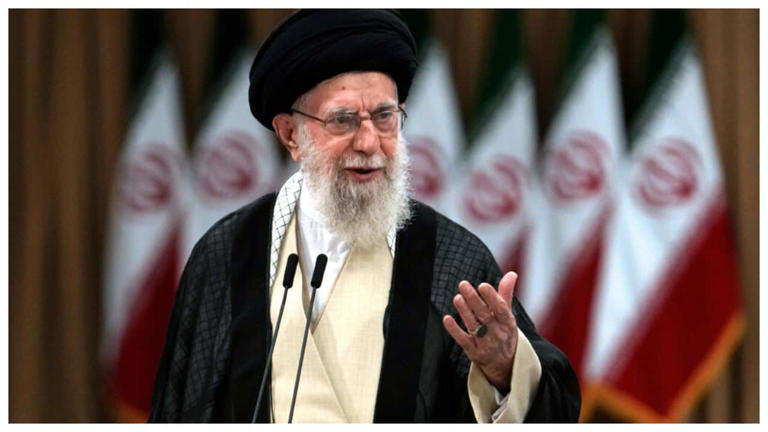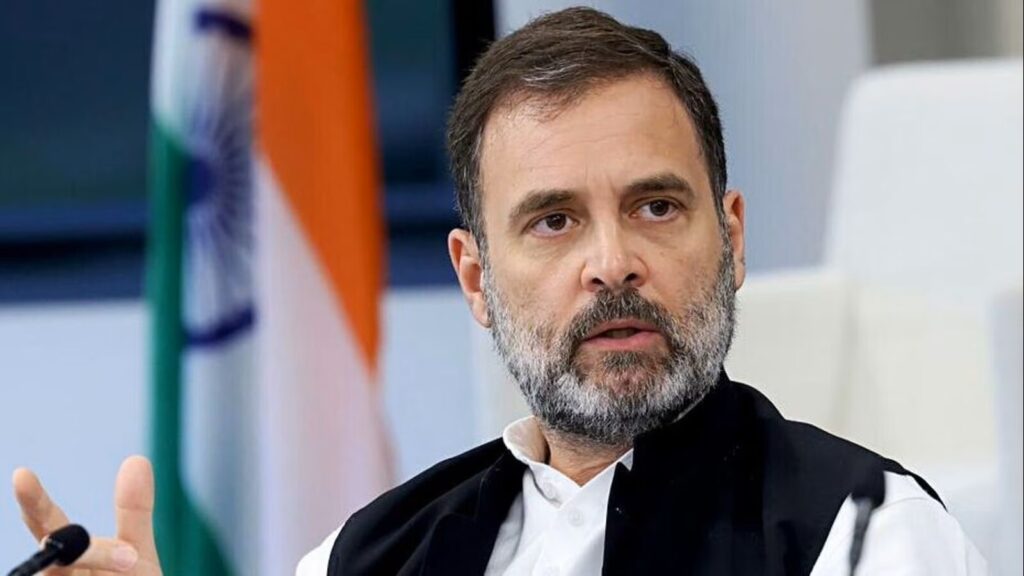Iran’s Supreme Leader Goes Underground, Excludes Son from Succession Shortlist
In a dramatic and deeply symbolic move, Iran’s Supreme Leader Ayatollah Ali Khamenei has retreated into a fortified underground bunker as Israel’s military continues its precision airstrikes on Tehran’s strategic and nuclear infrastructure. The development has sent shockwaves through Iran’s power structure and beyond, highlighting the scale of the crisis and Khamenei’s growing concern over regime continuity.
FLASH |⚡Iran's Supreme Leader Ali Khamenei was moved to an underground bunker in Lavizan in northeastern Tehran hours after Israel began its attacks on Tehran early Friday » Iran Int.#IsraelIranWar | #Khamenei pic.twitter.com/WYp6T8Gf27
— The Election Post (@ElectionPostUSA) June 15, 2025
Now 86 and facing arguably the most aggressive external assault on Iran since the Iran-Iraq war, Khamenei has not only taken shelter but has also activated an extraordinary succession plan. According to multiple intelligence-linked media reports, he has named three potential successors—none of whom include his controversial son, Mojtaba Khamenei. This unexpected decision comes as fears mount of targeted assassination attempts and decapitation strikes aimed at paralyzing Iran’s leadership.
Ensconced in a bunker, Iran's supreme leader has picked an array of replacements down his chain of miliary command in case more are killed. Khamenei has even named three senior clerics as candidates to succeed him should he be killed, as well — perhaps the most telling…
— Jennifer Jacobs (@JenniferJJacobs) June 21, 2025
Khamenei’s Bunker Retreat and Successor List Reflect Iran’s Crisis Moment
Sources suggest that Ayatollah Khamenei has completely disconnected from digital communications to avoid surveillance and electronic targeting. From his hidden location near northern Tehran, he now communicates solely through vetted intermediaries with top commanders from the Islamic Revolutionary Guard Corps (IRGC). This isolation underscores the seriousness with which Iran is treating the ongoing Israeli military campaign, which has reportedly struck IRGC command centers, nuclear facilities, and drone bases.
In what observers call a rare break from Iran’s secretive theocratic traditions, Khamenei has submitted a list of three high-ranking clerics to the Assembly of Experts—the body responsible for selecting the next Supreme Leader. The names have not been made public, but insiders claim the decision signals a readiness for transition should his leadership be cut short. That his son Mojtaba is not included suggests Khamenei is deliberately avoiding the appearance of dynastic rule, which has drawn criticism from both reformists and hardliners in the past.
The timing of this move is as crucial as its content. Israel’s strikes—under the campaign reportedly dubbed “Operation Rising Lion”—have been described by military analysts as the most comprehensive attempt to weaken Iran’s military and nuclear infrastructure in decades. Iran has retaliated with long-range missile attacks on Israeli airbases, but the toll inside Iran appears to be mounting. Several high-ranking officers have been killed, cyber-defense networks have been breached, and satellite communications across multiple provinces have reportedly gone dark.
With Iran’s political, military, and spiritual leadership now bracing for possible regime destabilization, the announcement of successors is being seen not as a routine formality, but a survival mechanism. Iran’s future hangs in the balance. Whether Khamenei’s chosen clerics are allowed a peaceful transition or whether Israel—and possibly the U.S.—continue pressuring for regime collapse, the coming weeks could define the region’s political map for a generation.





















